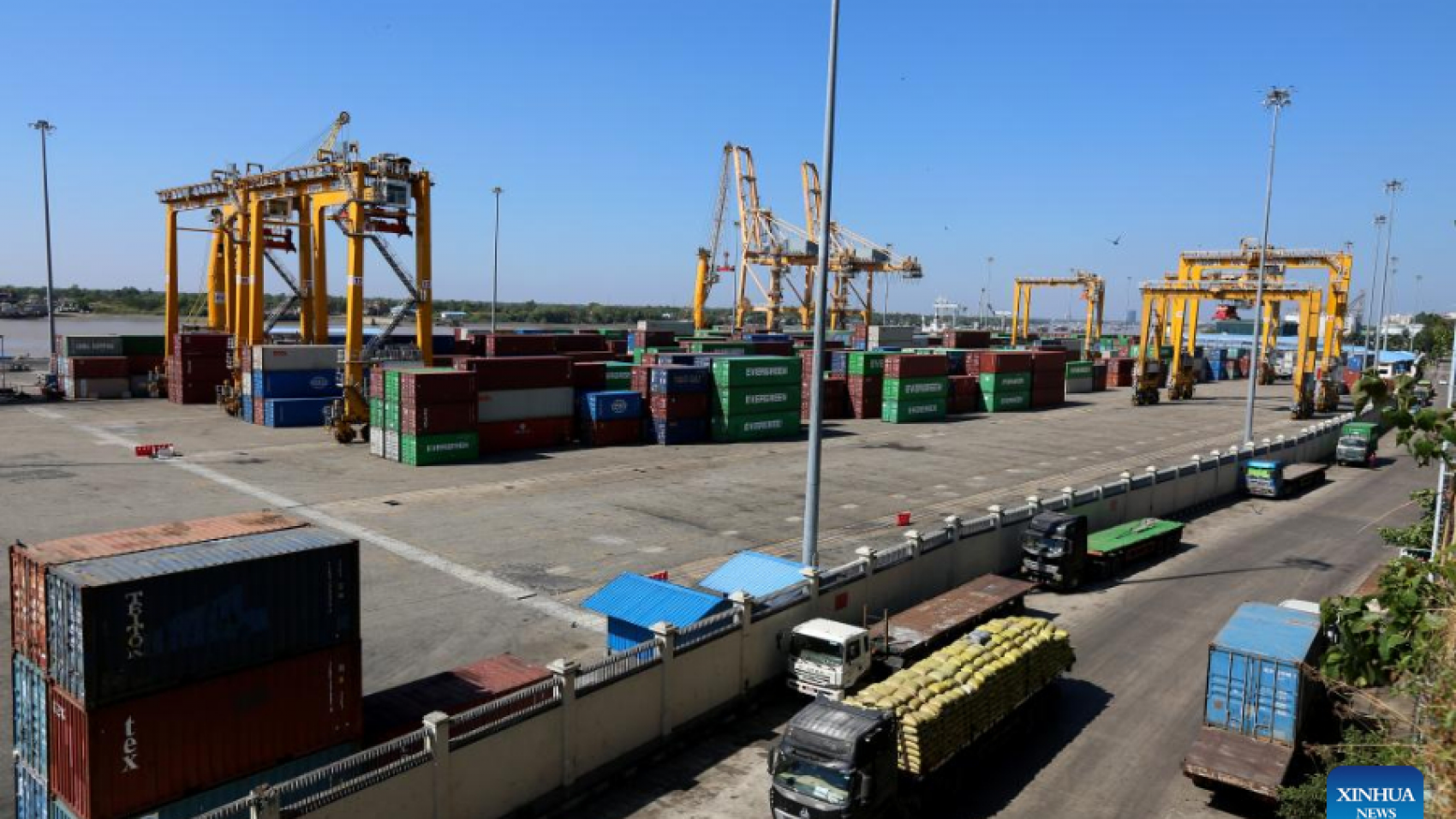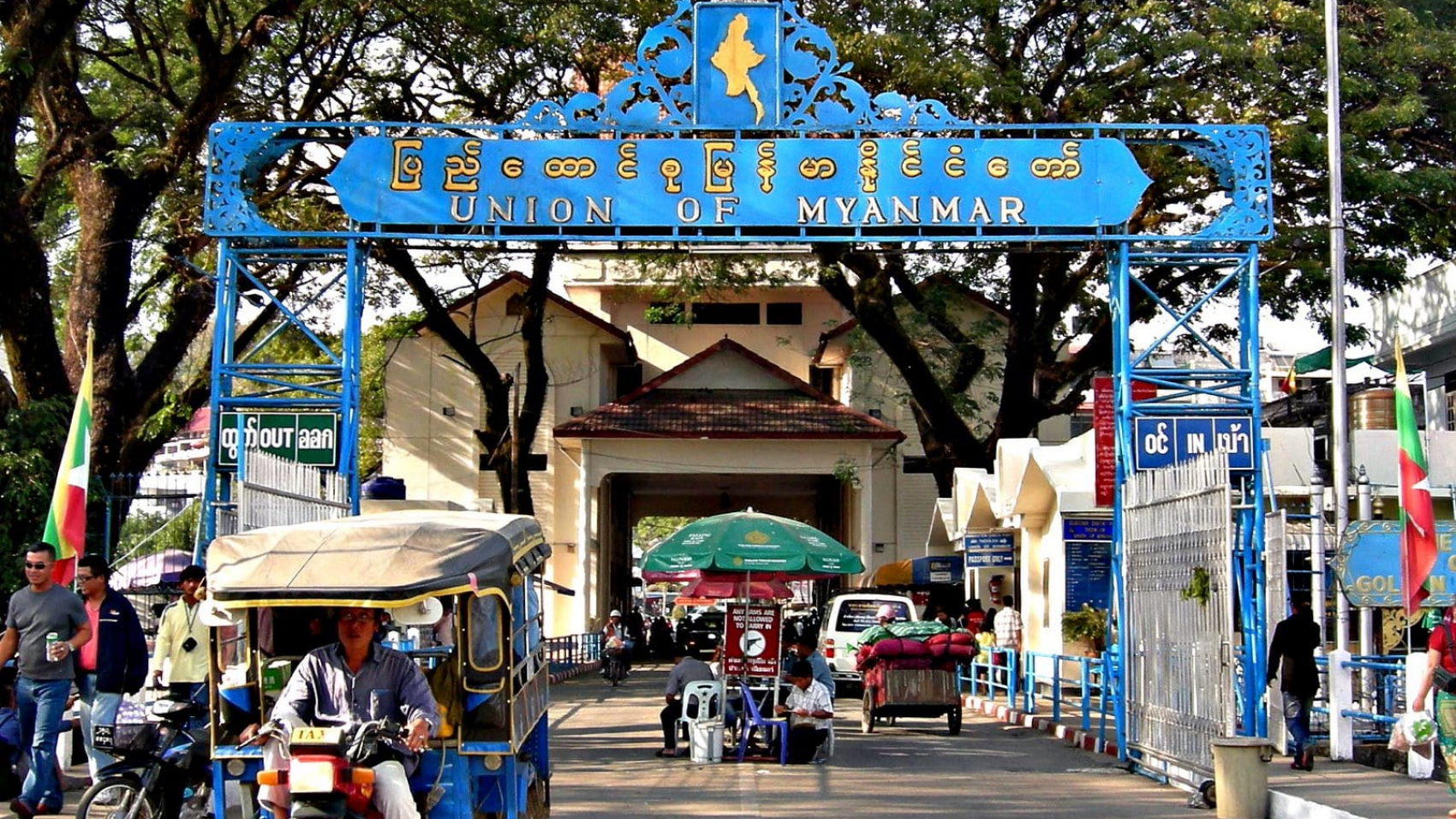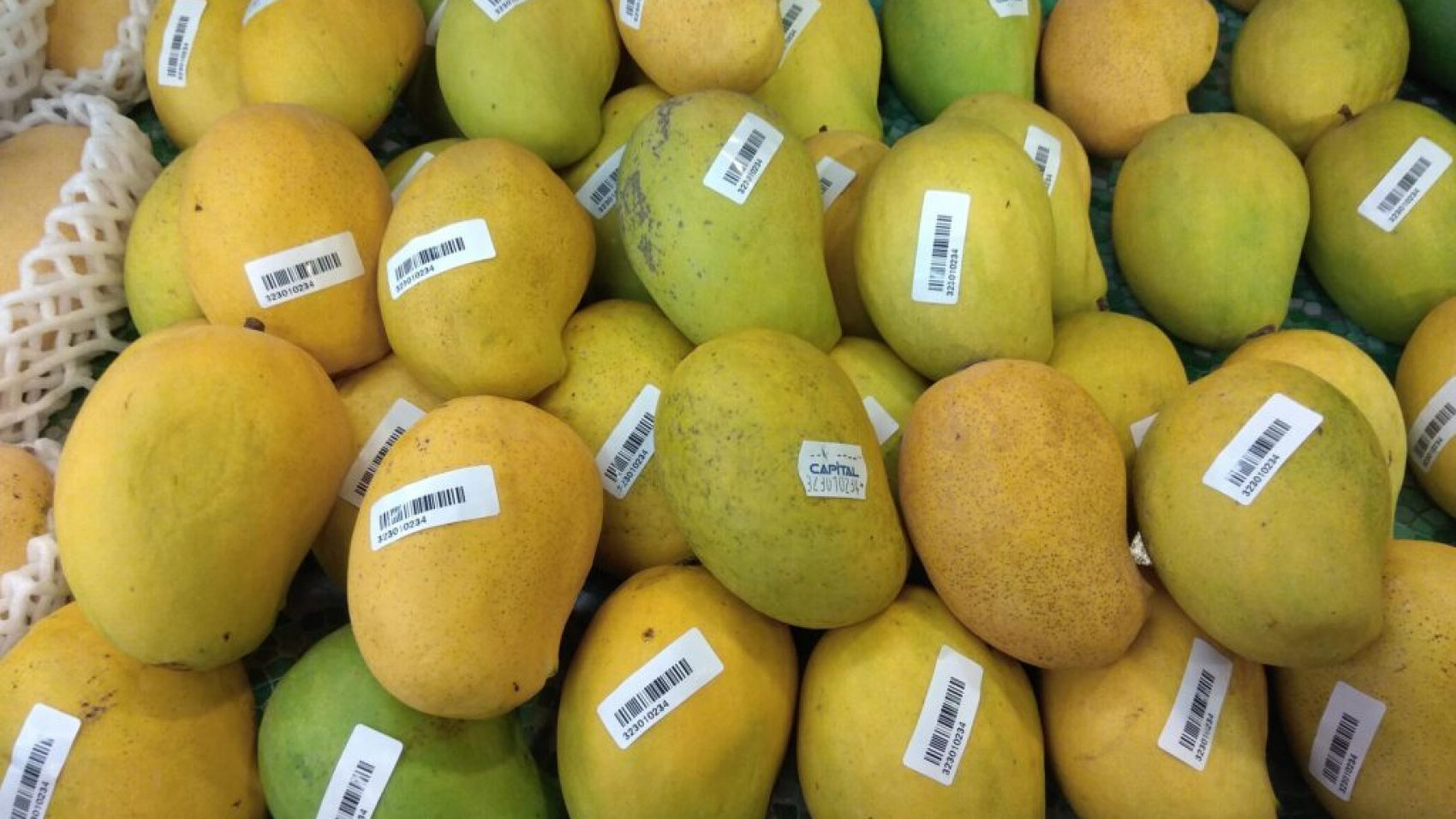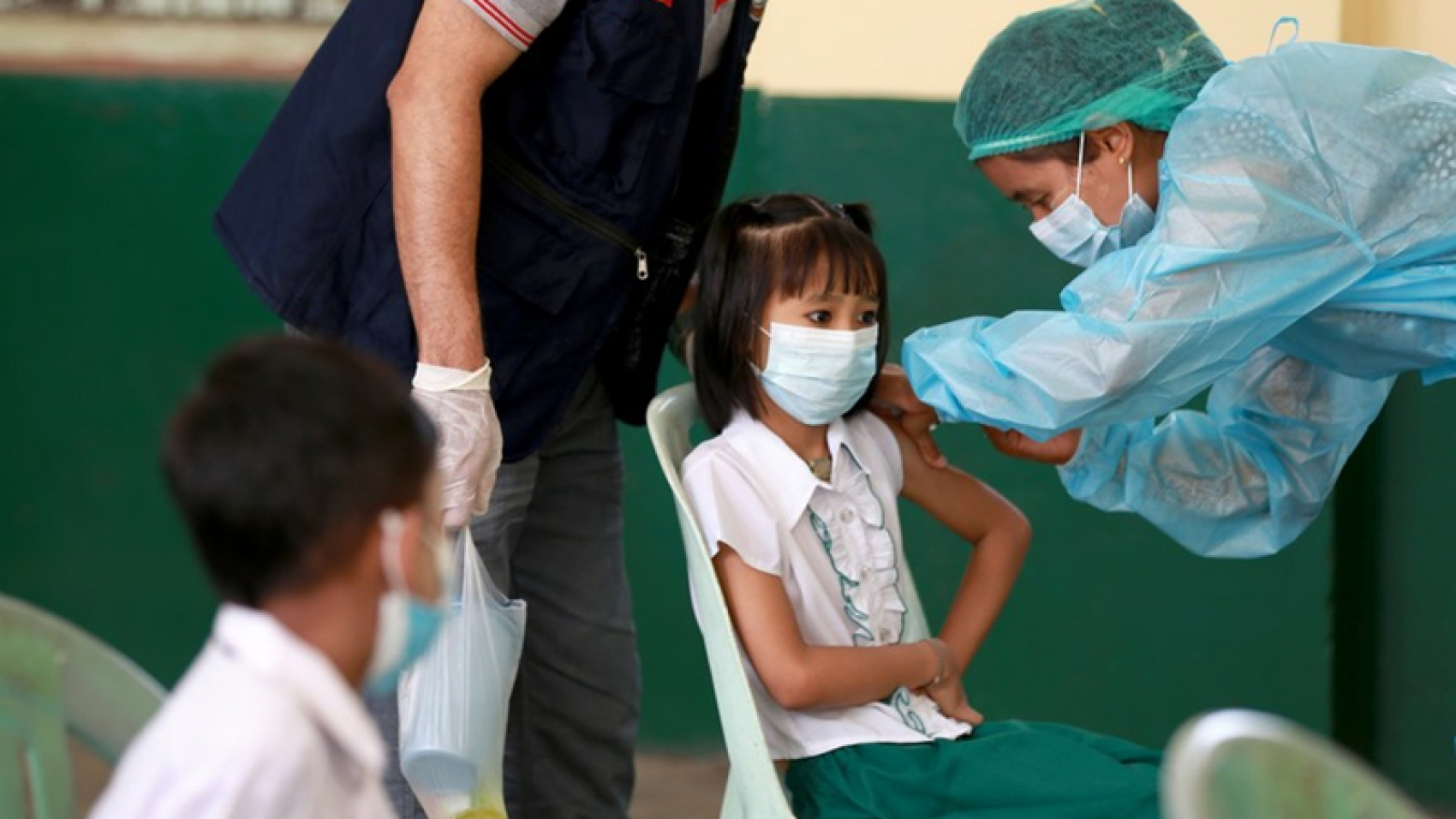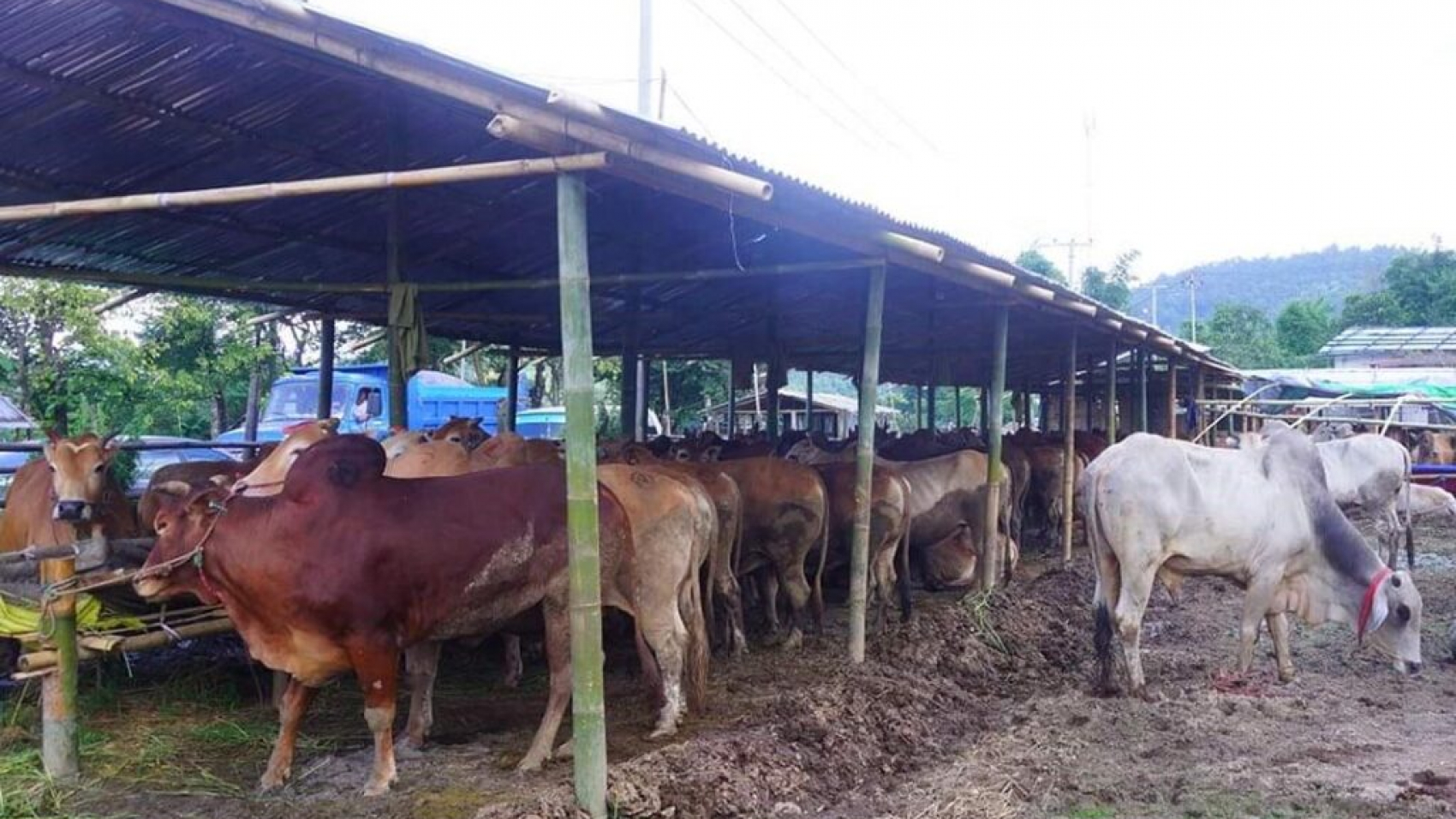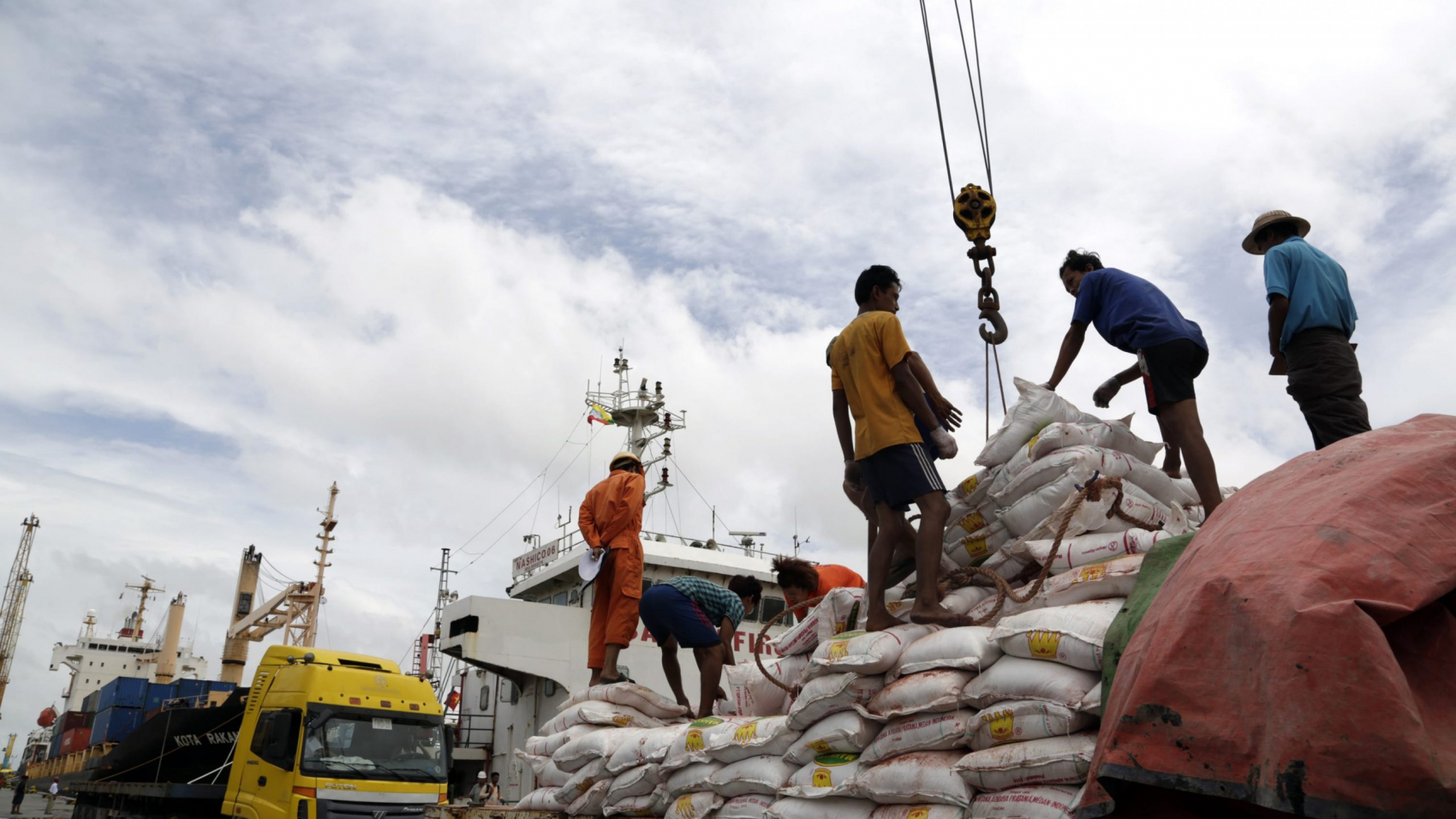MYANMAR’s external trade between 1 April and 3 June of the 2022-2023 Financial Year tremendously rose to US$5.5 billion, reflecting a sharp increase of $546 million as against the year-ago period, according to the Ministry of Commerce. The figures surged from $4.96 billion in the corresponding period last year. Myanmar’s export was worth over $2.65 billion whereas the country’s import was valued at $2.85 billion over the past two months.
The border trade dropped owing to transportation difficulties amid the COVID policy and political changes, with a decrease of $542 million as against the year-ago period. However, the maritime trade registered a significant rise of $1.08 billion during the April-May period. Myanmar exports agricultural products, animal products, minerals, forest products, and finished industrial goods, while it imports capital goods, raw industrial materials, and consumer goods.
The country’s export sector relies more on the agricultural and manufacturing sectors. The Ministry of Commerce is focusing on reducing the trade deficit, export promotion, import substitution and market diversification. The external trade stood at $15.5 billion in the past mini-budget 2021-2022 (October-March) period and $29.58 billion in the 2020-2021FY, as per the Commerce Ministry’s statistics.
Source: The Global New Light of Myanmar

